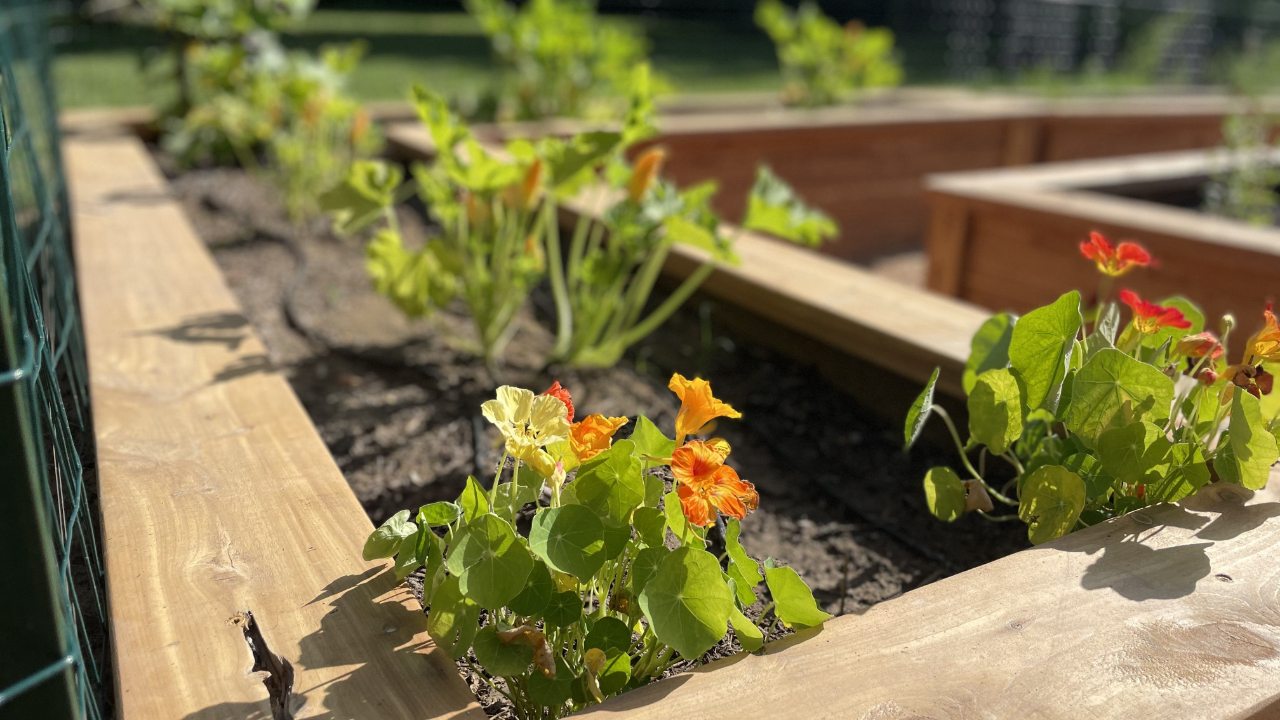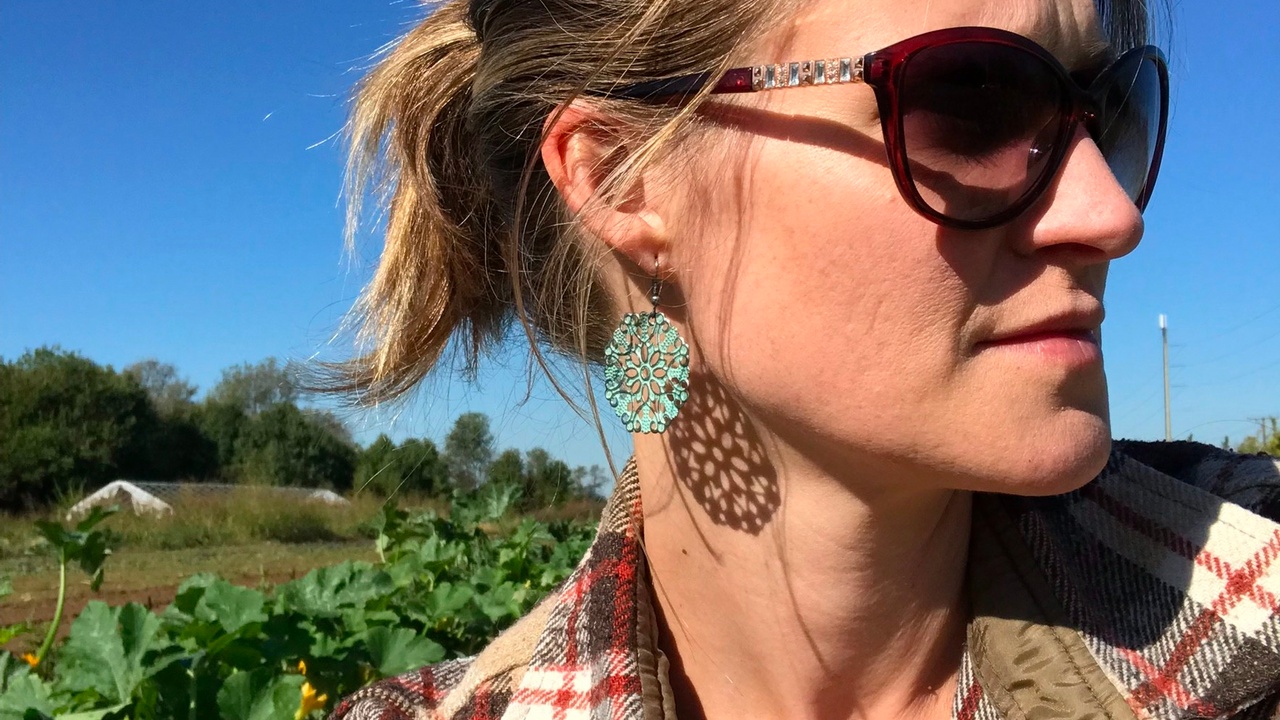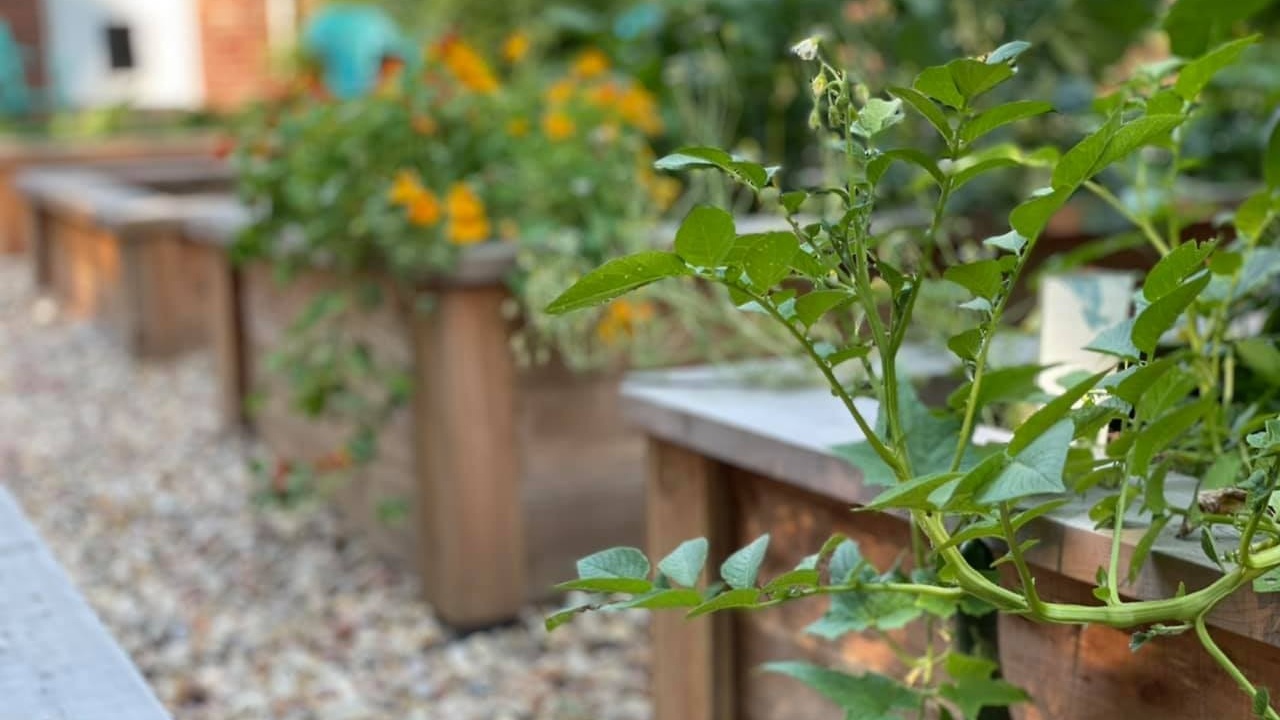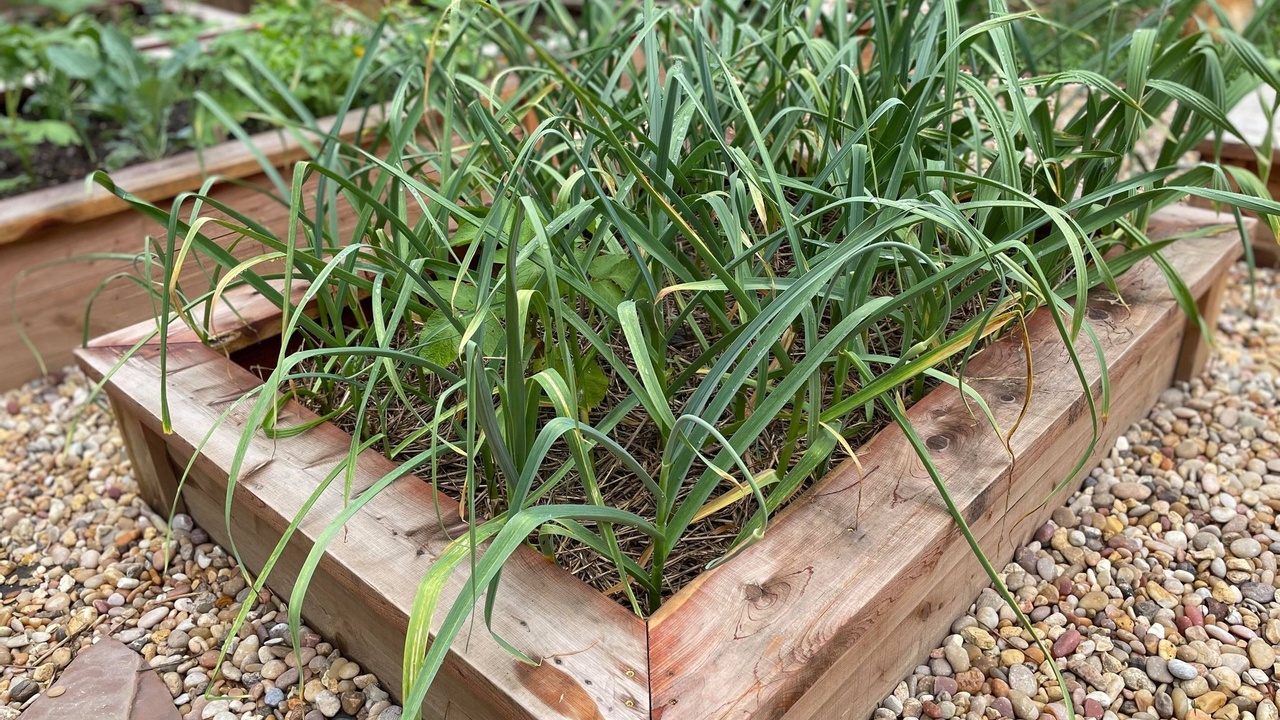Planting Plans for Beginners

I love your ambition. You are a go-getter! But just because the Derby horses are running in Kentucky doesn't mean you have to rush to plant your home garden.
A common mistake beginning gardeners make is planting without planning. This isn't you, is it?
You know how much space you have, you bought a ton of seeds and plants, and now the weather is right but, what now?
Here are some helpful tips on creating a Planting Plans:
First, get an idea as to how much space your plants need, especially if your garden area is small. If you have unlimited space you may place your plants further apart and add in more aisle space.
Grab some graph paper, create a veggie key, and sketch out your bed dimensions. Start penciling in your plant selections by size.
Here is a good rule of thumb...
Nine to 16 small-sized plants like radish, carrots, and lettuces can be packed into a square foot.
Four to six medium-sized plants like garlic, Swiss chard, beets, and cilantro can fit into a square foot.
...Four Tips to Successful Germination
These four quick tips will improve your germination rates and you will become a better home gardener!
For local gardening services in the Louisville Kentucky area find us at https://www.guidanceforgrowers.com/shops
What is the secret to having tomatoes in my fall salad garden?

Memoirs of a Farm Girl

Tears filled my eyes as I looked out upon those fields one last time. The memories came flooding back as the familiar wind hit my face. I had stood before it for many a season, studying its needs and seeing its potential. I had cared for it in foul weather, injury and illness. It had me enveloped in its promise, engulfed its beauty. I was mesmerized with wonder the way a mother stares at her young. Humbled by how much it gave and fascinated by its ever-changing faces.
One autumn, I lost my first pregnancy. I had been riding on a tractor all day trying to beat the winter weather. There is nothing you can do to cause a miscarriage, but I knew in my heart that I couldn’t do both. Not for a while. And that reality changed my entire world. That was the beginning of a long hiatus from farming, and the season of baby-growing.
A year passed by and our daughter was born. She spent the first 2 years of her life on this farm. I got engaged on the far side of its property, beneath ...
Home gardens ease food shortage concerns

Garden Bed Restoration
Amy is my neighbor, client, and new to gardening. This year she tried tomatoes, cucumbers, basil, calendula, peppers, lettuces, green beans, and a few others. Tomatoes and cucumbers can be difficult plants for a beginner. They need to be in the soil longer, need more space, more sun, and more maintenance than others.
Her garden space is limited to an 8x2.5x2 bed. We interplanted her bed to grow in underutilized spaces to maximize her harvests. Her summer plants got huge which got a bit messy. Next year we will redesign her layout to avoid overcrowding, but overall a great first season!
This is her garden box. It's built with untreated Eastern Red Cedar, which is prone to lose its pinkish, purple color rapidly the first season. The sides facing the sun were silver, while the sides facing away from the sun were more orangish pink. Watch how quickly the pink & purple color returns with a bit of sanding and a coat of wood sealant!
Cedar Bed Restoration is a service we offe...
Brighten up your Cedar Garden Boxes
Why Eastern Red Cedar lumber? It's one of the best in our area (Kentucky)! It rivals cypress and redwood (from California). It repels insects and is a rot resistant hardwood. It's used in several outdoor projects for that very reason. If left untreated it will retain its aromatic properties longer. Eastern Red Cedar ranges from purples and pinks, deep red, and a violet brown. The wood can rapidly turn to a silver or grey due to the UV rays and oxygen.
HERE IS WHERE WE COME IN:
Red Cedar Bed Restoration
Hire us for a yearly refresh to restore the vibrant color to your beds and begin to repel water and harmful UV rays. This will preserve your lumber's integrity every year. We will gently sand off the silvery gray top layer, and seal your beds with a our Eco-friendly, whey-based poly protein. This will help water roll right off the beds so that it doesn't absorb it (which can soften the wood over time). It will also help to retain its original color.
Members of the organ...
Fall Garden Planning

Summer Planting for Fall Gardens in KY

It's July in Kentucky and hard to think of fall when the summer temperatures are so hot, and the spring planting frenzy feels like its just over. However, it is time to start sowing seeds and and thinking about where your fall plants will be tucked into the garden. Think: carrots, beets, broccoli, cabbage, swiss chard, kales, and many other of your favorite fall fares. The smaller, faster growing greens like radishes, lettuces, spinach, etc will come later.
So where do we start? First of all, let's just say that there is still time to sneak in a few last minute summer plantings. Cucumbers, squashes, & green beans can all stand to be directly sown into the hot soil and will mature safely before threat of frost in late October.
Now let's familiarize ourselves with three plant families: Chenopods, Umbelliferous, and Brassicas. For edible plants, the Chenopod Family contains beets, swiss chard, and spinach. July & August are greet times to begin direct sowing beets and chard in...
When and how to harvest garlic in Kentucky?

Woohoo! Is your favorite part of June gardening the garlic harvest? Mine too! We've waited patiently as it grew for 9 long months. We mulched it, overwintered it, plucked off the scapes, FINALLY the bulbs formed, and its ready to come out of the garden! It's not only exciting because it will be so delicious, but it will also make space to plant something new... maybe pumpkins!
You know garlic is ready to pick when you notice the plant starting to "die back". Look for yellowing or browning of the bottom leaves. This in an indication of harvest readiness!
I like to do a "test dig" before popping up all my bulbs. Pierce the soil with a shovel or harvest fork about 6 inches from the plant. Go straight down then angle the fork to pop up the bulb. This will prevent puncturing the bulb. If you can see and feel well formed cloves, they are ready to harvest. If the bulb is simply round, the cloves need more time to form. Check again each week.
Fun facts about what to do next......

